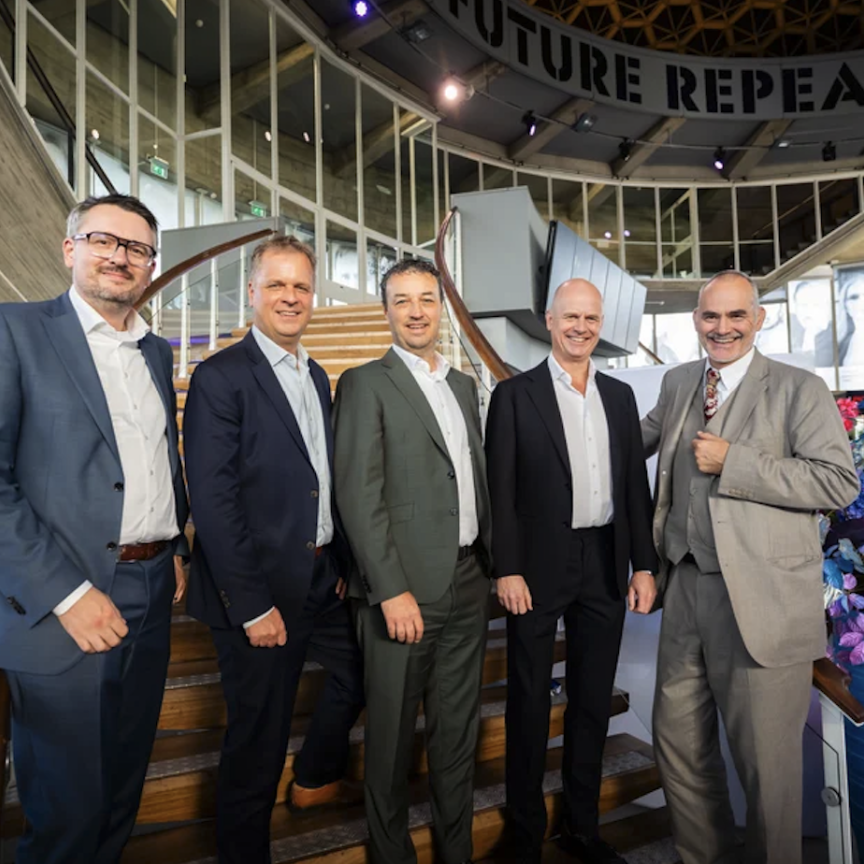Although photonic integrated circuits are now used commercially, there are still issues when fabricating photonic chips. Iñigo Artundo, CEO of VLC Photonics and a speaker at September's Photonic Integration Conference in The Netherlands, outlines the business considerations that come with photonic integration
Let's face it, while photonic integration has progressed a lot in the last decade, the technology is still running 30 years behind electronics, and many areas still require a higher level of development and maturity. Of course, evolution also needs to come from a business perspective. Optical component and system markets naturally progress towards lower costs and higher functionalities and performances. But they also need time until the right ecosystem of customers and providers is in place, and profitable business and higher volumes are created for small start-ups and large corporations alike.
The situation now is that, while the right capabilities are available for the right price from many providers, there are still many challenges that any end-user needs to deal with when facing a photonic integration project.
Conceptual challenges
The first challenge is to understand photonic integration technology itself, including its current capabilities and limitations. In order to exploit fully all of the advantages that photonic integrated circuits (PICs) can offer, the mindset of optical engineers needs to adapt to this new paradigm, in a similar way to what happened within electronic integration. The complexity of potential optical systems, together with the lower cost when scaling to high volumes and the drastic miniaturisation possible, opens the door to many applications and implementations that were just unconceivable before.
However, sometimes this is hard for some novices in the field to grasp, and there are still many things to understand before jumping straight into designing a PIC. Things like intellectual property (IP) restrictions, differences among providers in the supply chain, scalability when moving from prototype to pilot production or even mass manufacturing, can prove to be critical factors, and can be the difference between success and failure of a project. A knowledgeable partner in the field can help face all these initial questions.
Moreover, communication between the photonic integration field and potential end customers can sometimes be difficult. While the largest market for PICs has traditionally been telecom, and the background for such applications is well understood here, this is not as true when dealing with other photonic integration markets, like sensing, quantum or medical optics, where the technical background and language of customers can be very different. Such communication is paramount to understand the customer’s needs along the value chain – again, having a partner that understands and translates both sides can be very valuable.
Design challenges
On the design side, things like IP of design building blocks or fabrication processes can be very important for a customer to know beforehand. More automated and standardised software design tools are still required, and customers would benefit from common frameworks for design – from mode solving, to mode propagation, circuit simulation and layout – especially given the low compatibility among software tools and high licensing price. The PDAFlow Foundation, an organisation developing software standards for photonic design automation, along with rental software licenses and design houses are helping in this respect. This, in some ways, is to be expected, as skilled workforce in the design field is still low, sometimes due to poor software documentation. Design is an area that has a steep learning curve, but significant effort is being made – particularly with training schemes in Europe – and design houses can help customers get up to speed with low risk.

Photonic integrated circuit in InP technology. Credit: VLC Photonics
Manufacturing challenges
On the fabrication side, there is still a perceived lack of information about updated and solid foundry capabilities, schedules and pricings. A lot of effort could still be made on process design kit (PDK) adoption and optimisation for generic fabrication processes, including reliable building block performances and tolerances. Moreover, delays are common and manufacturing guarantees are still low on multi-project wafer runs and, while photonic foundries are improving here by providing fabrication reports and better tracking, this is still not widespread.
Packaging challenges
Packaging has always been acknowledged to be one of the main roadblocks to photonic integration within ICs and, unfortunately, this is still the case. The cost still needs to be brought down, both at the prototyping stage and when moving into production. Significant efforts are being made in this area, and characterisation packages, or demo boards, have appeared in recent years, where customers can at least validate proof-of-concept PICs and showcase early prototypes. Further work on package standards and design templates that adapt to them is necessary but, from a customer perspective, the most important information still lacking is clearer descriptions of capabilities, packaging options, and tolerances.
Test challenges
One of the most underestimated challenges is testing, either bare dies, wafers or packaged devices. At a production level, this would be the equivalent of the quality control stage, but most of the time, photonic integration projects require early functional testing, like bare die characterisation of building blocks and circuits, complex optical and electrical measurements, and statistical sampling over many dies or wafer points. Hence, a higher degree of automation is still desirable to lower the testing cost and time, especially since the investment required at this stage is quite high on measurement equipment and instrumentation. Outsourcing the testing can prove very valuable to speed up the process and avoid heavy initial investments. Moreover, things like environmental qualification or certification for several industries (telecom, space, military, etc.) can represent significant challenges for some customers, as these are not as advanced as in electronic integration.
Overall, the current challenges when trying to do business with photonic integration are the same as in any industry: cost escalation, production transfer, performance guarantees, and lead times. But once all these challenges are identified, and proper support is found to overcome them, any company can develop and produce disruptive PICs that can break into many markets and open new ones.
--
VLC Photonics provides various solutions for integrated optics: consultancy and engineering studies, in-house optical chip design, characterisation and test, and complete prototyping through external manufacturing and packaging/assembly partners. The company, as a pure-play fabless design house, assists companies and researchers in their photonic integration projects, and collaborates with a wide network of foundries in all main material platforms. www.vlcphotonics.com


